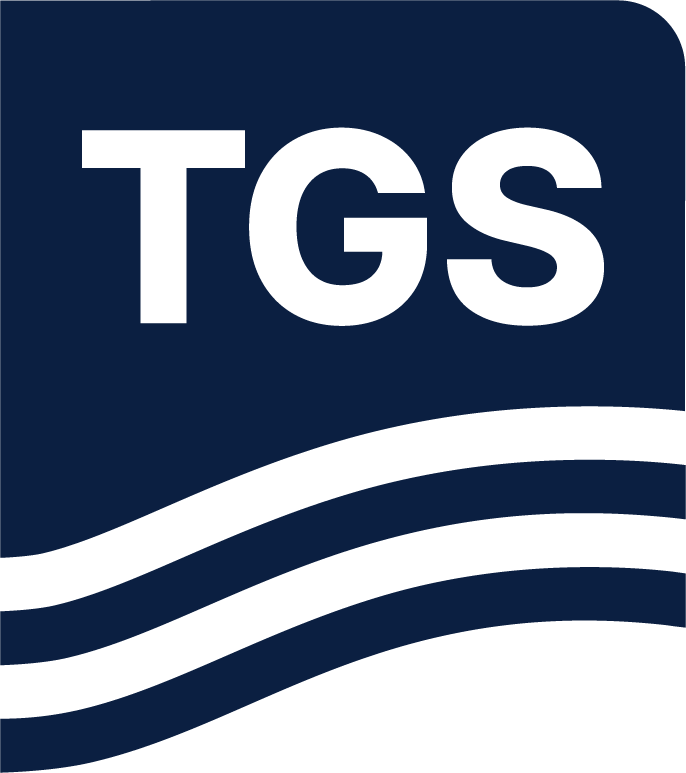Paper Summary
2D and 3D seismic data from frontier offshore basins around Africa has been subjected to relative extended elastic impedance inversion (rEEI) to screen for AVO anomalies and to identify large, commercially attractive, undrilled opportunities. Since the process uses only information present within the seismic data, methods of testing the AVO anomaly are sought to confirm the validity of the proposed drilling opportunity. In frontier basins where some drilling has taken place, testing the results against previously drilled boreholes is one way to test that discoveries can be detected using rEEI. In undrilled or sparsely drilled basins, confirmation of the geological validity of the play and prospect (source, charge, reservoir, trap) takes on a more important role in derisking the opportunities. Multiple large opportunities, identified and tested using the above methods, are presented from frontier basins around South, West and East Africa.

